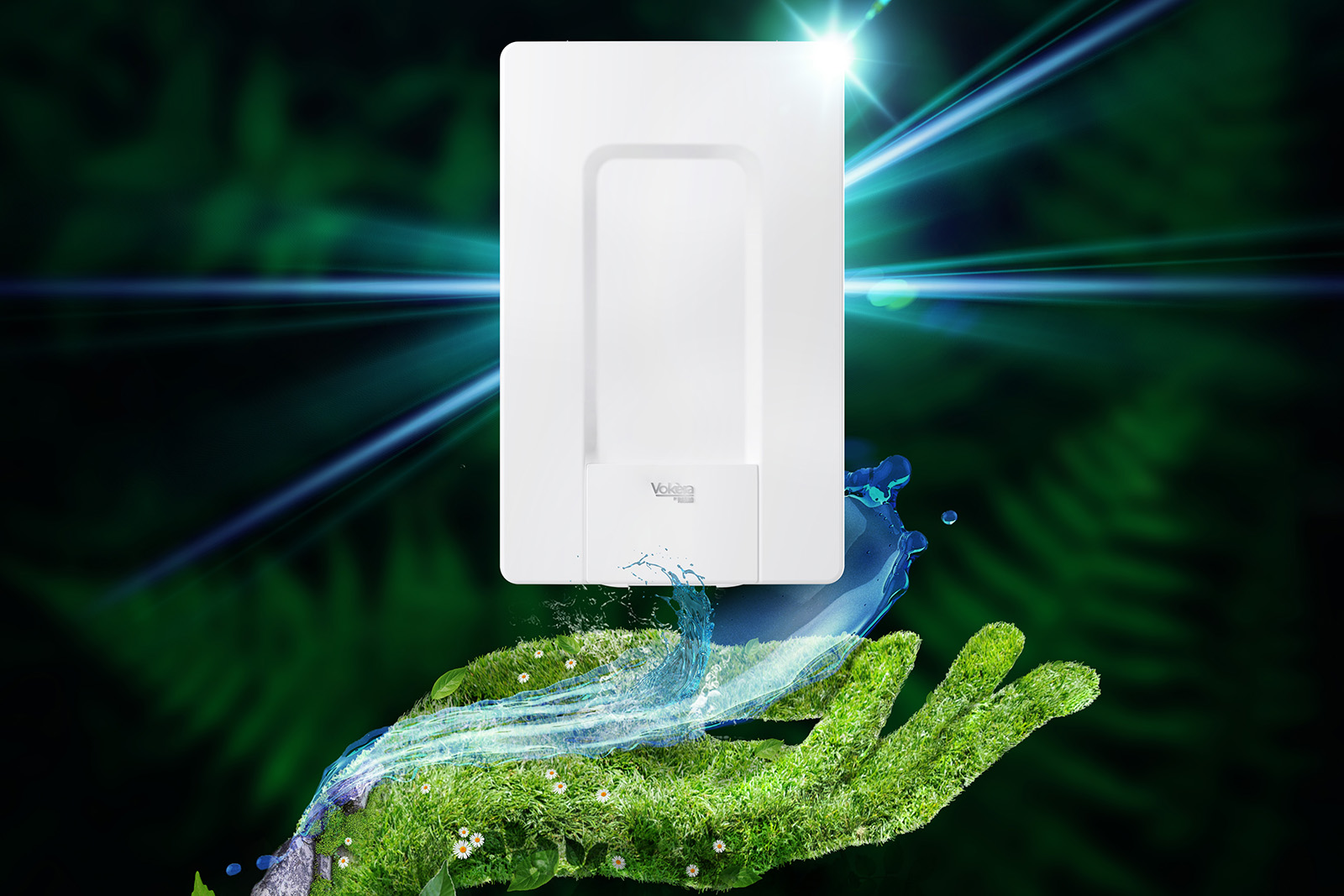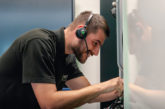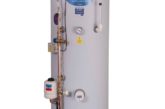
Neil Mattock, Marketing Director and Head of Training at Vokèra by Riello, explores the potential role of hydrogen in decarbonising domestic heating systems.
It’s not surprising there’s been plenty of industry discussion about the use of hydrogen as a way of greening up the gas grid. The only by-product of burning hydrogen is water, so blending this gas into the existing grid would certainly help to cut emissions from our homes. We know that domestic hot water and central heating accounts for a high proportion of UK greenhouse gas emissions, and with the clock ticking towards the Government’s net zero carbon target in 2050, it’s clear that we need to make the transition to cleaner energy sooner rather than later.
However, whilst we can design and construct new homes with more climate-friendly heating, there are millions of existing properties using fossil-fuel systems that will need to be replaced with low carbon technologies. A high proportion of these currently have natural gas boilers that will all need converting to low carbon systems which, in many cases, could involve major changes to pipework, controls and heat emitter. That’s clearly a huge challenge.
H2 migration
We know that within the next 30 years we need to find alternative energy sources that will help us decarbonise heating in a way that is effective, affordable, fair and minimises disruption for millions of consumers. Given the fact that we have an existing natural gas resource infrastructure the option of simply replacing natural gas by a gas that does not emit greenhouse gases is being considered – and this is where hydrogen, also known as H2, comes in.
Converting gas distribution networks from natural gas to hydrogen has the advantage of offering consumers a heating option which works for them in a very similar way to natural gas today, but with no carbon emissions. According to the publication ‘Hydrogen for heating’ issued in August 2021 by the Department for Business, Energy and Industrial Strategy, hydrogen is seen as one potential key option for decarbonising heating, alongside other solutions, including heat pumps and heat networks. To assess the feasibility, costs and benefits of repurposing the existing gas grid for 100% hydrogen the Government is planning to support a pioneering large village hydrogen heating trial that will build on the ‘neighbourhood trial’ due to take place in Levenmouth, Fife in 2023.
Small steps
While the Government is looking at the feasibility of 100% hydrogen networks, the UK’s first live pilot to inject up to 20% (by volume) of zero carbon hydrogen has been demonstrated at the University of Keele’s existing natural gas network, feeding 100 homes and 30 faculty buildings. It is estimated that if a 20% hydrogen blend was rolled out across the country it could save around six million tonnes of carbon dioxide emissions every year, the equivalent of taking 2.5 million cars off the road. This shows that there could still be significant benefits in taking even this first small step towards H2 migration.
With this option in mind, Vokèra has recently launched the Unica MAX which has been specially designed to provide forward-thinking homeowners with an efficient domestic heating solution that has been certified to burn up to a 20% blend of hydrogen as and when their local network switches to greener gases.
Of course, when considering hydrogen as a replacement for fossil-fuels it is important to understand that hydrogen is not a resource that we can dig up from the ground but has to be made using another energy supply. This has raised some concerns about production costs and H2’s viability as an alternative energy source on a large scale. Hydrogen can be obtained from various industrial processes but one of the ‘cleanest’ methods is through electrolysis of water. Furthermore, if this done using electricity from renewable energy sources it creates no emissions, which is why it is often called ‘green hydrogen’.
Product labelling
As with any new technology it is important for products to be labelled correctly so consumers know exactly what they are buying. For example, the phrase ‘hydrogen ready’ could be misleading because these appliances won’t run on 100% hydrogen straight out of the box, as the name might imply. In order to burn 100% hydrogen some modifications will need to be made by a heating professional. Currently the heating industry is developing clear product definitions to avoid any such confusion. I suppose you could equate this to the launch of the first high definition (HD) televisions. Many consumers thought that any TV marked with the HD Ready logo could play high-definition TV, but that wasn’t the case. Typically, HD television measures 1920 by 1080 pixels in resolution, while HD Ready sets only offer 1280 by 720 pixels by comparison.
Fuel of the future?
Hydrogen may have the potential to become the heating fuel of the future but, as discussed, there are challenges that still need to be overcome. A clear commitment from Government in support of a grid conversion to hydrogen would certainly help to ensure continued development of this technology. The results of pioneering trials of 100% hydrogen gas networks will be interesting to see and, if successful, could secure this commitment.
However, a single solution is unlikely to meet the green energy needs of millions of different households, which is why at Vokèra by Riello, alongside hydrogen, we will continue to develop a broad range of emission-free heating technologies in the journey towards the ultimate goal of net zero heating by 2050.













